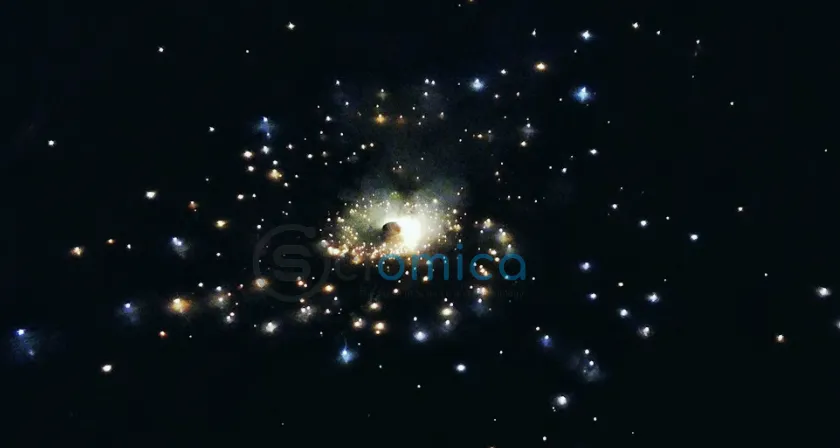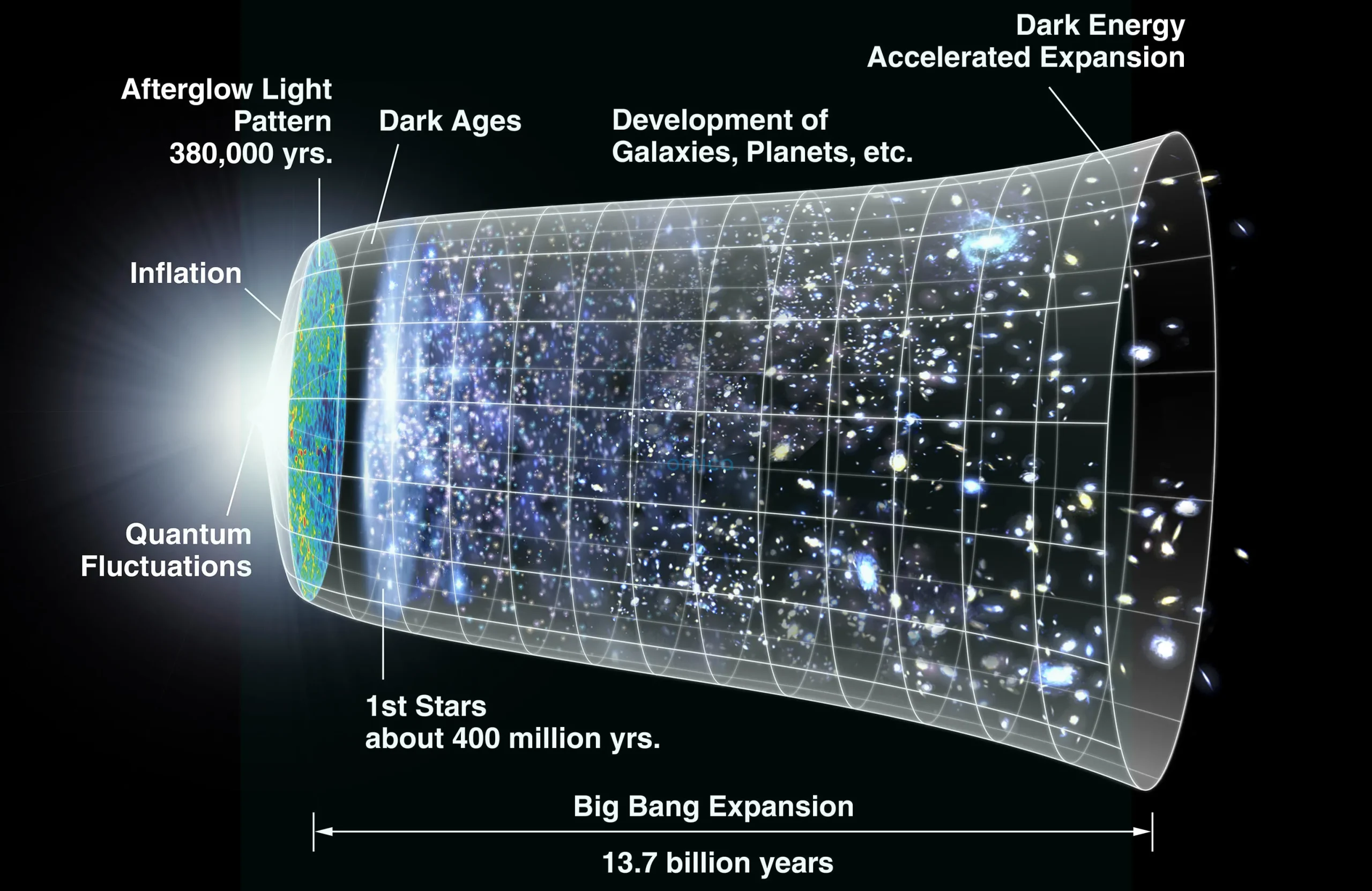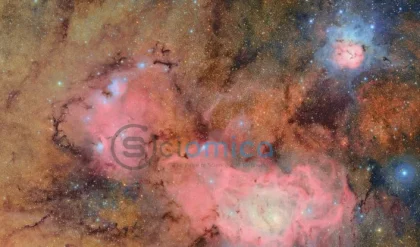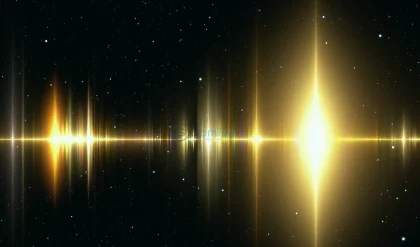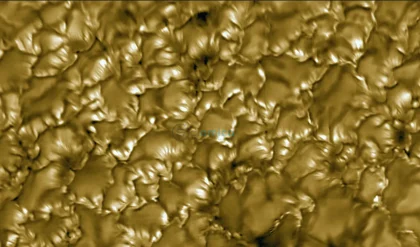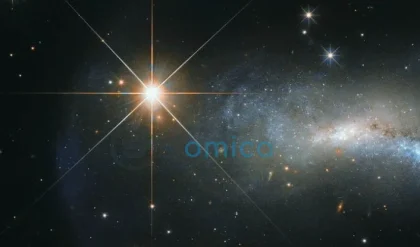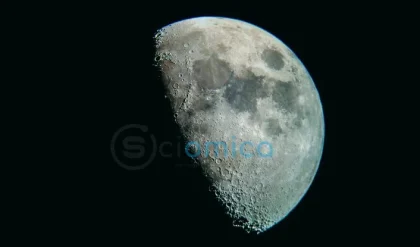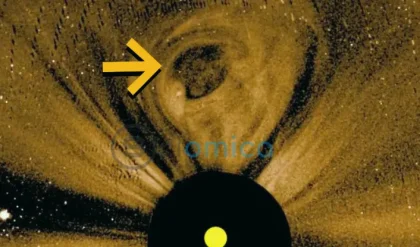In contemporary nights, the sky is a myriad of twinkling stars, offering a stark contrast to the vast emptiness that prevailed at the universe’s inception. The question arises: Did light permeate the cosmos immediately following the Big Bang, or was it shrouded in darkness for eons? The consensus among astronomers points to the latter.
Initially, the light in the nascent universe was “trapped” within a hot, dense environment. Only several hundred thousand years post-Big Bang could it escape into the vast expanse of space. It took an additional 100 million years for the first stars to coalesce into existence.
Edwin Hubble, a pioneering astronomer, made a groundbreaking discovery in 1929 that revealed the universe was expanding. This revelation implied that the cosmos once existed in a significantly smaller and infinitely dense state, a concept that holds pivotal significance in cosmology. Hubble’s findings suggest the universe began roughly 13.8 billion years ago with the momentous event known as the Big Bang.
Andrew Layden, chair of the physics and astronomy department at Bowling Green State University, elaborates on this phenomenon: “With the Big Bang, space was created and expanded, along with everything in the universe.” This dramatic transformation also meant that all the matter we observe today was initially in the form of energy, leading to the understanding of Einstein’s famous equation, E=mc², which indicates the interchangeability of mass and energy.
As the universe expanded, its energy density diminished, resulting in a cooling process that allowed for the formation of elemental particles within a short time span following the Big Bang. These included protons, neutrons, and electrons, as well as the elusive photons that constitute light itself. By approximately three minutes after the Big Bang, protons and neutrons began to combine, forming the hydrogen and helium atoms essential for the universe’s structure.
Layden drew an analogy to illustrate this phase in the universe’s evolution: “Think of fog and dew. Particles in a high-energy state are dispersed like water in fog, and when the energy gets low enough, they can condense out like droplets of dew.” This visualization emphasizes how particles could not coalesce due to the high-energy conditions of the early universe.
Although photons began to exist almost instantaneously, they were unable to traverse the cosmos freely. The conditions of the early universe were so extreme — particularly due to rampant electron movement — that atomic nuclei could not maintain stable orbits. Layden describes this period as “a very hot, dense soup,” where the myriad free-moving electrons impeded the travel of light.
This situation is reminiscent of what occurs in the sun. Cosmologist Srinivasan Raghunathan from the University of Illinois, Urbana-Champaign, commented on the challenge faced by photons produced in the sun’s core. “It takes about 1 million to 2 million years for light to escape from the center of the sun to its surface,” he explained, due to the plethora of free electrons preventing light from moving in straight paths.
As the universe expanded, about 380,000 years after the Big Bang, it cooled sufficiently for atomic nuclei to bond with electrons. This pivotal moment, occurring around 3,000 Kelvin (approximately 4,940 degrees Fahrenheit), marked the point where electrons ceased to be freely available for interaction, allowing light to travel effectively in the cosmos.
This transition transformed the early universe from a hot, dense medium into a clear, accessible expanse, enabling the first photons released into space to freely illuminate their surroundings. The light characteristics present at this juncture were predominantly in the near-infrared to visible spectrum. However, as the universe continued to expand and cool over billions of years, this light was stretched into microwave wavelengths, forming what is now known as the cosmic microwave background radiation.
The definitive detection of this primordial radiation occurred in 1964, providing critical insights into the early universe. Researchers have utilized this cosmic relic to enhance their understanding of structural formations within the universe, such as gravitational lensing, which describes the distortion of light due to the gravitational influence of galaxies.
Following the release of the Big Bang’s light, the universe entered a phase known as the cosmic dark ages. However, millions of years later, the gravitational collapse of gas clouds facilitated the formation of stars, which sparked the re-illumination of the universe. By approximately 1 billion years after the Big Bang, galaxies brimming with stars heralded the dawn of cosmic evolution.
This remarkable journey, from the initial darkness following the Big Bang to the vibrant light of the universe today, continues to be a subject of profound inquiry and fascination for astrophysicists. Understanding these cosmic beginnings not only sheds light on our universe’s past but also frames critical questions about its future.

